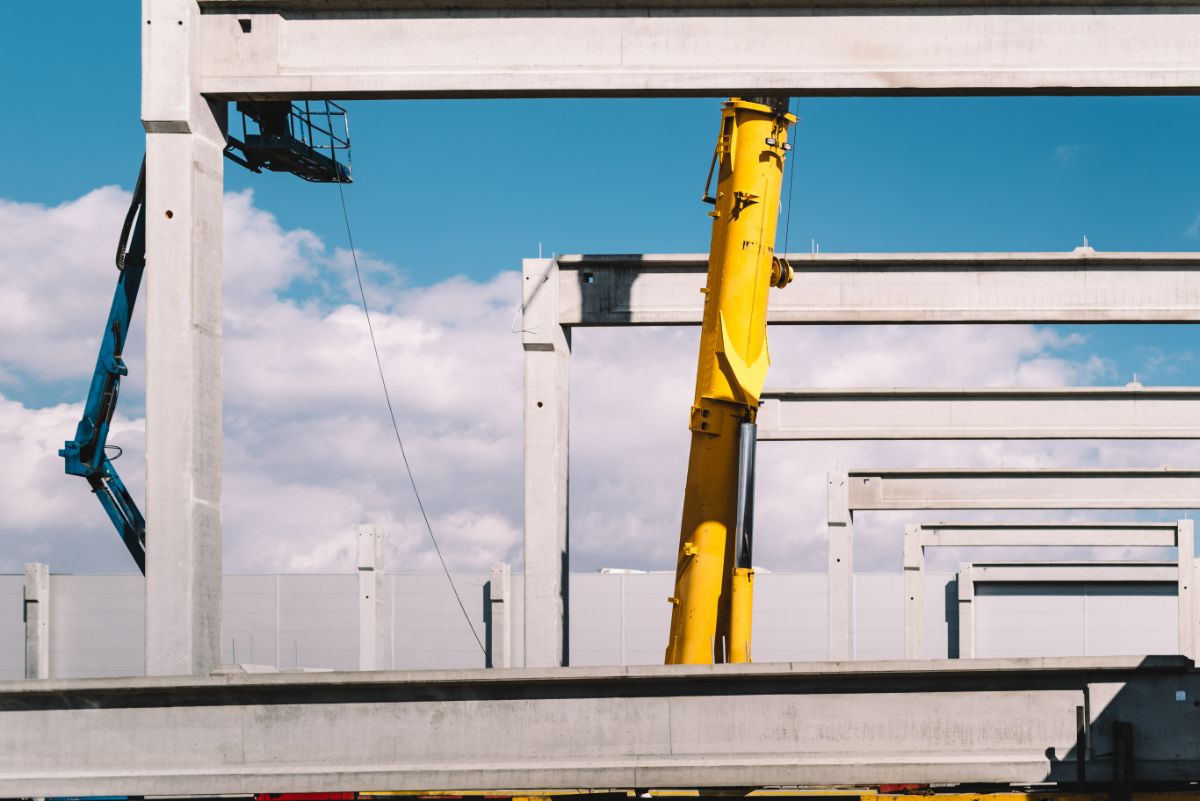What are the different tools used for metal fabrication?
- Angle grinder
- Wire cutter
- Cleco fastener
- Flange and punch tool
- Planishing hammer
Global and local industries have both benefited from a crucial form of manufacturing — metal fabrication. This process involves the usage of a number of different techniques, each achieving specific designs on sheet metal. Metal fabricated products will no doubt continue to make waves for the manufacturing sector, with predictions that expenditure on different tools used for metal fabrication will significantly grow in the coming years.
As the industry continues to innovate and produce specialty metal parts for automotive, construction, or consumer goods, understanding the role that these fabrication tools play in the industry’s development is crucial.
Metal-making firms and fabricators will continue to depend on tools — both complex and simple — to create useful metal parts for assembly or aftermarket distribution. That being said, the list below compiles information about these tools and their impacts on metalworking so far. Read on to learn more.
Angle Grinder
The angle grinder is a common fixture in any metal fabrication factory. This is typically a handheld device that can perform a number of functions, namely: grinding, deburring, cutting, polishing, and finishing. These tools can also come as electrically powered or battery-operated, depending on the need.
No metal workshop would be able to do fabrication activities without having an angle grinder in its arsenal. For one, its versatility allows it to be used on the simplest, up to even the most laborious work. Another reason is that the angle grinder is extremely efficient — factories can significantly cut lead times on producing metal parts without quality drawbacks. Provided that the operator is wearing the correct safety gear and following precautions, any process involving this machinery is significantly improved.
Wire Cutter

Wire cutters are a commonplace, yet often underrated metal fabrication tool. It’s found almost anywhere — if you have a toolbox, then more often than not, you’ll find a handy and reliable pair of wire cutters in different types and sizes.
Keep in mind that metal fabrication will sometimes make use of wires when cutting thin or thick cables, conductors, wire mesh, or even sheet metal itself. Mini wire cutters, for example, are ideal for cutting wire with gauges of up to 1.3mm. Even jewelry-makers, flower shops, and car manufacturers benefit from this tool as it is easy to use and creates a sharp cut in the desirable edge.
Another type of wire cutter known as the shear cutter is used to make smooth cuts on thin wires and metals. Meanwhile, end-cutting pliers, combination cutters, and insulated cutters can be used for thick sheets, fittings, attachments (nails, nuts, bolts), and the like.
Cleco Fastener
Precise cuts and high tolerances are two priorities in metal fabrication. As much as the quality of the job depends on the skill of the tool handler or machine operator, the correct materials should also be used to ensure the success of a metal project.
Cleco fasteners, in particular, determine the accuracy of any given project, as it is used to assist in holding sheet metals together. Instead of having to manually position sheet metals for cutting, the Cleco fastener offers indispensability to close-tolerance positioning for thinner sheet metals and even composites.
Take note that as metals are being fabricated, they tend to adjust depending on the force applied by the machinery, causing potential errors. Cleco fasteners help keep the alignment in place and avoid uneven cutting on the layers of two or more sheet metals.
Flange and Punch Tool

In most cases, fabrication tools are multipurpose in nature and are used for two or more operations. Such is the case with the flange and punch tool or a punch flange tool that can bend metals in certain angles as well as punch holes and indentations on different types of sheet metals.
Plunch flange tools are powered through hydraulic output, enabling them to create accurate bends or cleanly punched holes. Two types of punch flanges are available in the market — 16 and 18-gauge stainless steel. Often, sheet metals need to undergo surface preparation before they could be altered into a certain appearance — this means the removal of jagged portions or burrs to ensure quality.
Planishing Hammer
Planishing hammers have been in use in the early 20th century as tools to help restore and smoothen large areas in a metal workpiece, fix welds, and crown metal panels. Unlike the previous tools on this list, there was never an intention for the planishing hammer to become a primarily metal shaping tool, but rather to only polish or smoothen metal through rolling or hammering, in some cases.
Although as the name suggests, the planishing hammer doesn’t necessarily work in the same way as a typical hammering tool. Instead, soft, periodic blows are dealt on the workpiece in order to achieve the desired surface smoothness or polish. The striking force is controlled by a regulator located at the end of the hammer, which changes the amount of pressure on the metal.
Key Takeaway
The many tools used in metal fabrication have made shaping metals and manufacturing processes much more efficient. Tools like the planishing hammer, angle grinder, Cleco fastener, wire cutter, punch flange, and the like, are found in many metal-based projects. Without these tools, the industry wouldn’t be where it is now, much less be able to produce high-quality metal parts in a convenient, practical, and cost-effective manner.




